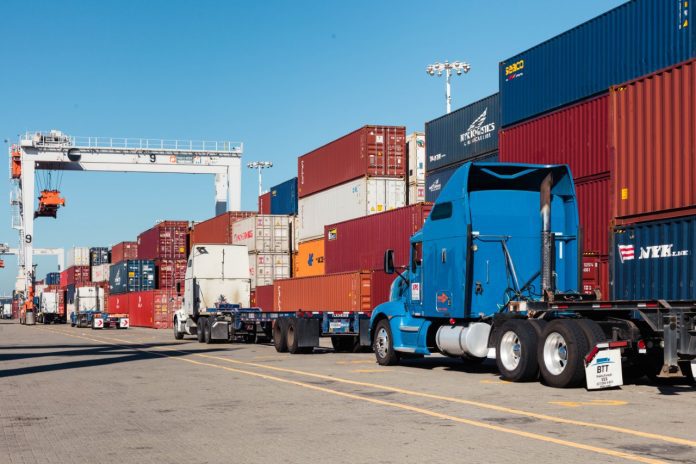
Over the past few years, our industry has faced severe challenges, threatening our global market position and our ability to pay our bills.
Our 7,600 California farms produce 82% of the world’s almonds. But with ocean carriers making higher profits by sending empty containers back to Asia to pick up more goods for export, we were left with approximately 1.3 billion pounds of unsold almonds sitting in piles at processing and packing facilities.
From last September to February, the almond industry lost $2 billion in value, money that’s not going into our communities, our employees’ pockets or our businesses.
Your Almond Alliance heard you loud and clear, we could not stand by and wait any longer. It’s time for industry-driven solutions for the immediate and long-term.
Creating Reliable Strategies
Leveraging industry history and strength, messaging and coordinating strategic partners across the almond community, the broader agricultural sector and supply chain and transportation allies, Almond Alliance has been coordinating a three-month blitz which has resulted in increased equipment availability, services restored and almond export increases.
With the partnership and leadership of Blue Diamond Growers, we worked with railroad companies, logistics companies & drayage carriers, and private landholders to create dedicated ramps for direct to terminal delivery of almond containers in the Los Angeles-Long Beach port.
Now in weekly direct communication with major shipping carriers OOCL, CMA/CGM, MAERSK, MSC, EVERGREEN, and ONE, “almond desks” have been established for direct customer service to the almond and California ag communities. More service options to critical markets across the globe are opening, containers and equipment are being made available at the new Ramp and Inland Port options, bypassing and alleviating Port Congestion. This open line of communication allows for a new and better relationship; the Almond Alliance and partners are able to provide context to the carriers so we are no longer numbers on a spreadsheet, but a dynamic customer base with specific data and needs that can be prepared for and responded to quickly.
We are now working to create more reliable shipping strategies to move our almonds via truck and rail to shipping companies along the U.S. Gulf Coast.
I am happy to report that the “Almond Express” is operational and rolling weekly into the Port of Los Angeles and Port of Long Beach.
In July of this year, USDA announced the Objective Projection for the 2022 crop at 2.6 billion pounds. The Almond Board of California reported May 2022 as a record export month. A sign of hope after months of consecutive decreasing YTD export numbers. We anticipate (hope) this trend continues into June, helping to put a dent in the backlog of 1.3 billion pounds of carryout.
While we still have a long way to go (and it will take time for our industry and markets to recover), but we have a strategic path forward as one community and industry. Long-term supply chain resilience requires a diverse portfolio of export options: ports, transportation, bookings, services, etc.
The almond community is progressive, inventive and sophisticated. We know how to solve problems for ourselves and the customers we feed worldwide. If only we have the resources and room to run. That’s our commitment to you; the Almond Alliance continues to work with you and for you to provide and protect the freedom and resources for you to solve problems, grow and deliver.
Maritime Now Has Teeth to Get Things Done
After two years of effort by agriculture exporters, retailers and others, Congress approved S.3580, the Ocean Shipping Reform Act of 2022, and President Biden signed it.
The legislation is a big win for American workers, farms, businesses and the supply chain, providing the tools to modernize our policies and practices to support American exports and our reputation as a worldwide trade partner.
Specifically, this legislation:
- Expands safeguards to combat retaliation and deter unfair business practices.
- Clarifies prohibited carrier practices on detention and demurrage charges and vessel space accommodation.
- Establishes a shipping exchange registry through the FMC.
- Expands penalty authority to include a refund of charges.
- Increases efficiency of the detention and demurrage complaint process.















